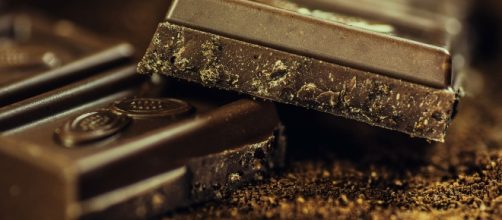As people across the globe celebrated World Chocolate Day this Friday (July 7th), in honour of the delectable cocoa-based treat, let’s take a look at the fascinating history behind the origin of chocolate.
Origin of the 'food of the Gods'
Every year sweet tooths give a shout-out to chocolate on July 7th, known as World Chocolate Day, to celebrate the day chocolate was supposedly introduced into Europe in 1550. But the origin of cocoa and chocolate goes back almost 4,000 years when it was produced by pre-Olmec cultures (Mayan and Aztec civilisations) in Central America.
According to researchers, a small village in the Ulúa valley in Honduras is considered as the birthplace of chocolate. The residents of this village used to consume Xocoati, a bitter drink made from cocoa beans.
Cocoa became an integral part of the Mayan culture between 250 and 900 AD. It was also used as a currency. According to a 16th-century Aztec document, a single bean could be traded for a traditional Mesoamerican dish called Tamale, while 100 cocoa beans could purchase a decent turkey hen.
The Mayans, as well as the Aztecs, believed that cocoa beans had magical properties and used to reserve chocolate for kings, priests, and nobles, during sacred ceremonies.
'A bitter drink for pigs'
According to legend, when Spanish explorer Hernando Cortes came to Mexico in search of gold and silver, Aztec ruler Montezuma mistook the invader for a reincarnated deity.
Montezuma welcomed the Spaniard with a lavish banquet that also included a chocolate drink. Initially, the Spanish didn’t like it, so much so that “one described it in his writings as "a bitter drink for pigs" – but once mixed with honey or cane sugar, it quickly became popular throughout Spain,” states a Smithsonian Magazine article.
In the midst of 16th century, chocolate arrived in Spain and quickly became a symbol of luxury as only the elites could afford it. According to HISTORY.com, Spain managed to keep chocolate a secret for about a century. When the Spanish Princess Maria Theresa wed Louis Xiv in 1660, she brought her love of the cocoa-based treat with her to France.
It became a huge hit in Louis XIV’s court.
By the 17th century, chocolate became popular throughout Europe. However, until the late 1700s, only the rich could afford this expensive import. In 1657, the first chocolate house opened in London. Chocolate houses were club-like places where the elites could enjoy a chocolate drink while playing cards or discussing politics.
The invention of modern-day chocolate bar
Dutch chemist Coenraad Johannes van Houten invented the cocoa press in 1828. Known as "Dutch cocoa," Houten's creation revolutionised the process of chocolate-making and led to the creation of chocolate bars.
The first milk chocolate was created by inventor Daniel Peter in 1854. The Swiss chocolatier joined Henri Nestlé to set up the first Nestlé Company in America.
Peter and Nestlé added condensed milk to solid chocolate to create milk chocolate bars.
Soon companies like Cadbury and Lindt ushered in a chocolate boom between the 1800s and 1900s and the rest, as they say, is history.
Today, approximately one billion people consume chocolate every day and over £50 billion is spent on chocolate, worldwide, each year.


